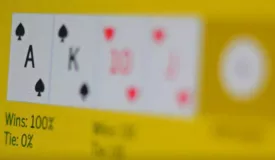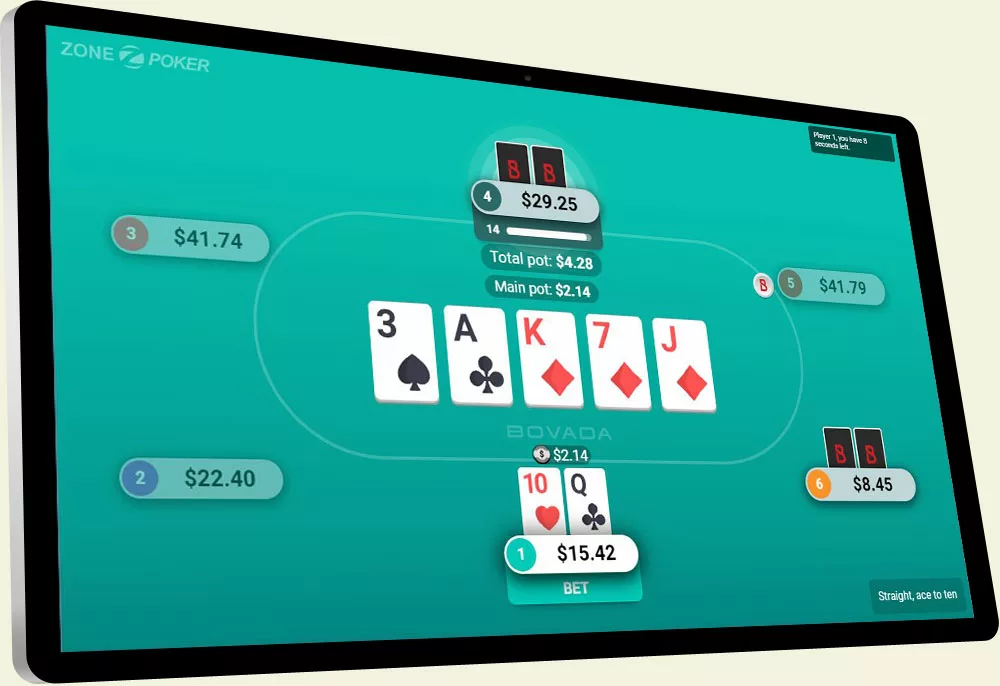Mistakes and Fixes for the Minimum Raise
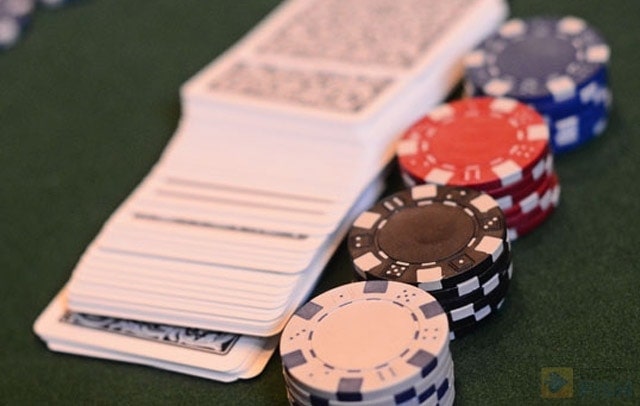
I recently read a piece that Phil Gordon wrote for Full Tilt Poker on the subject of raising for the minimum in no-limit cash games. Phil is known for moderate tournament success, his Little Green Book, and hosting the insufferable Celebrity Poker Showdown.
Table of Contents
While the article was short, it was one of his more poignant essays about a subject that is rarely discussed in classic poker strategy outlets.
What exactly are we talking about here? An example would be the following situation.
Pitfalls of the minimum reraise
You’re playing in a 9-handed $1/2 no-limit hold’em cash game and you make a standard raise to $8 with A-Q suited from middle position. Everyone folds around to the original limper who makes it $16 to go. This mostly happens in low-limit online cash games where players often misplay big pairs.
Almost every time you make a raise and get reraised the minimum amount preflop in one of these cash games, you’re facing a premium hand, namely pocket A-A or K-K. My goal here is to dissuade you from making such a play.
Let’s look at 3 fundamental problems with this play and how you can use this knowledge to exploit opponents who don’t know better…
1. A minimum raise preflop all but gives your hand away.
While you might think that this play disguises your hand and helps to build a pot, the truth is that you’ve given observant opponents powerful information about your holding. You’re forcing your opponents to think, “I’ve already put in a healthy raise. What cards would he make a minimum reraise with?”
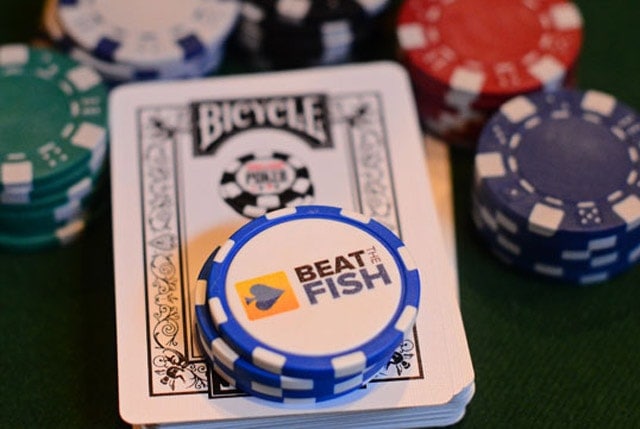
Clearly, you aren’t trying to win the pot right now, which probably rules out hands like A-J, J-J, 10-10, or A-Q, in which most sensible opponents are happy to take down a pot without seeing a flop or just smooth call with.
You probably aren’t playing a small pocket pair like 8-8 or 4-4, since that would just be silly move. Your goal with these hands is to see a cheap flop and hit a set. If you were on a bluff with rags, you probably would have put in a manlier reraise to intimidate me.
This all leaves you with 3 possible premium pocker pairs: Q-Q, K-K, A-A. I don’t know about you, but with pocket Queens I’ll usually either just call to see if the flop brings overcards or reraise healthily to force out the tricksters and mediocre hands.
You’ve probably got pocket Kings or Aces. Sure, someone could be making a very unusual play and pulling a complete psychological false tell bluff over on you with the minimum raise, but most players are ignorant as to what this tactic means in the first place.
It’s probably an ineffective tool in the arsenal of a player who knows a thing or two about the transparent book of plays from the typical online poker player.
The fact is that this seemingly advanced play rarely keeps your hole cards a mystery.
2. A minimum reraise gives your opponents excellent pot odds to draw out on you
Poker players, especially the online variety, love to bemoan about how their opponents sucked out on their pocket Aces. While you’ll find plenty of bad players who will routinely go against the odds to do just that, a player who makes one of these minimum raises has nothing to complain about because he has given his opponent excellent odds to do it.
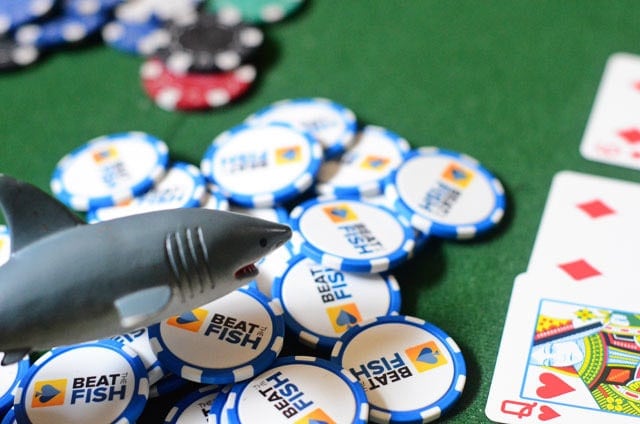
If I’ve got pocket 10-10 and raise to $10 in a $1/2 game and you reraise me from the button to $20 with A-A, you’re giving me over 3 to 1 pot odds on my call (it costs me $10 to play and the pot is already $33).
If, say, the big blind calls your $20 raise before play gets back to me, I’m now getting over 5 to 1 pot odds. That doesn’t even include the implied odds of getting all your money in the pot on the flop when I spike my third 10.
Raise less and it’s even more of a no-brainer for me. I would be more than unobservant if I didn’t call a raise like that with pretty much any hand. You’re simply giving too great of a price if you make the minimum reraise play.
3. You miss out on a great amount of value with the minimum reraise
When you make such a small raise, you aren’t building much greater of a pot. Since your goal, of course, is to make the most money with your premium hands, you should start before the flop when you definitely have the best hand. As we’ve established above, you’re almost giving away your hand with the minimum reraise.
If you reraise 3 times the initial raise or perhaps the size of the pot, your opponents will have less of an idea of what you have and you’ll be building a nice pot. Sure, you’re sending the signal that you have a big hand – but that could be something like Q-Q or A-K.
Your opponent will be more likely to blow off his chips when he hits a pair of Kings on the flop with Big Slick since he’s already committed a good chunk of his stack.
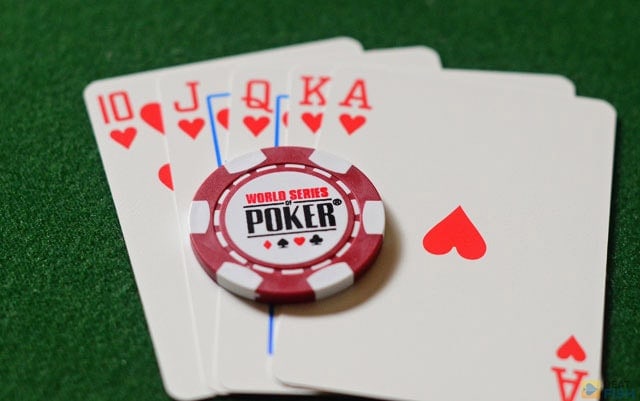
Hopefully we’ve all come to the conclusion that the minimum reraise is not the most effective use of the reraise option.
You’re giving away valuable information to experienced players (exactly the type of player that you want to fool), offering excellent pot odds to the initial raiser, and you usually won’t make as much money in the hand.
Alternative strategies to the minimum raise
If you’re looking to be ultra deceptive, you can try to smooth call a preflop raise with your pocket Aces (please note that I rarely recommend this for online play… or any play for that matter). If you’re going to take a risk, it’s much more effective at hiding the strength of your hand.
Regardless, I recommend a sizeable reraise with your premium pocket pair.
If everyone folds, you still won the pot and your Aces didn’t get cracked, RIGHT?!




